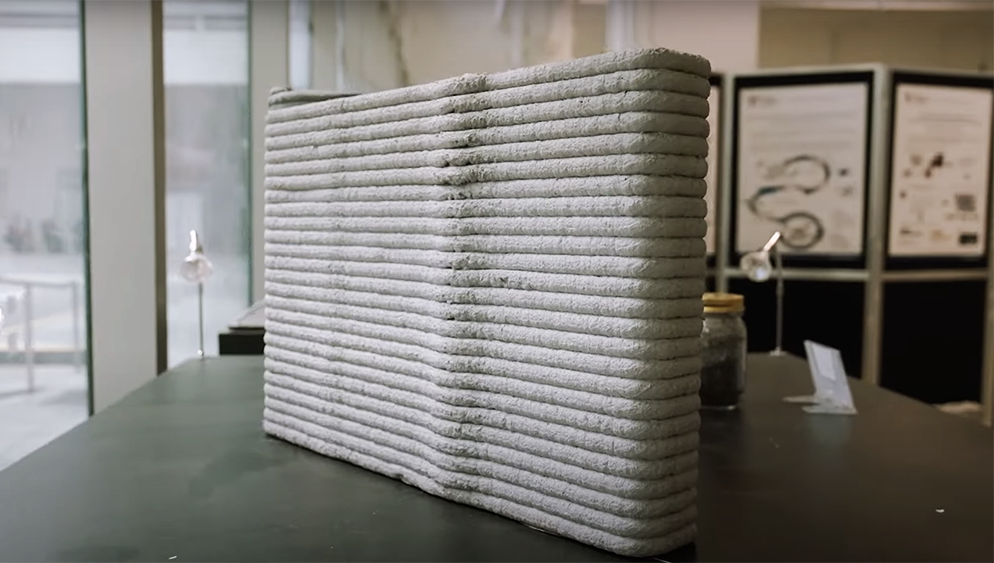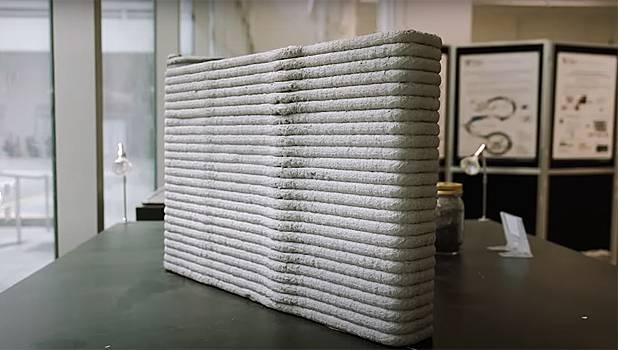A method of 3D printing concrete with added carbon dioxide has been developed in Singapore: video


Scientists from Nanyang Technological University (Singapore) have developed a 3D printed concrete method that can reduce carbon emissions during construction. This approach captures carbon dioxide produced by industrial processes and adds it to the concrete structure, making the material more durable and environmentally friendly. The new method is described in the journal Carbon Capture Science & Technology.
To create concrete, a special installation method is used: during the 3D printing process, steam and CO₂ are injected into the concrete mixture. Carbon dioxide reacts with the components of the mixture, turning into a solid material that remains “locked” inside the structure. Steam aids this process by improving the properties of the material.
The compressive strength of traditional concrete ranges from 20 to 40 MPa (megapascals) for normal structural concrete. 1 MPa is approximately the pressure created by a mass of 10 tons distributed over an area of 1 square meter. When, like the 3D block, the strength is 10–30 MPa.
The new CO₂ concrete has 38% more weight holding capacity, 45% more flexural strength (more flexible before breaking), and captures 38% more CO₂ than traditional 3D printing methods. The strength of the new block type is approximately 41 MPa, making them nearly as strong as concrete blocks. In addition, thanks to improved properties, concrete becomes easier to mold and print.
8% of global CO₂ emissions come from concrete production. The new method could partially offset these emissions by turning harmful gases into durable building materials. This is especially relevant in the context of the global fight against climate change.
Scientists emphasize that 3D printing has not yet become widespread but is gaining popularity every year because it is fast and efficient. It is used to create complex architectural forms, elements of bridges and houses. The new development has been patented and scientists are working to increase the durability of the blocks.
The future of building on the Moon: China tests bricks made from lunar soil in space
Earthquake-resistant house printed in Kazakhstan